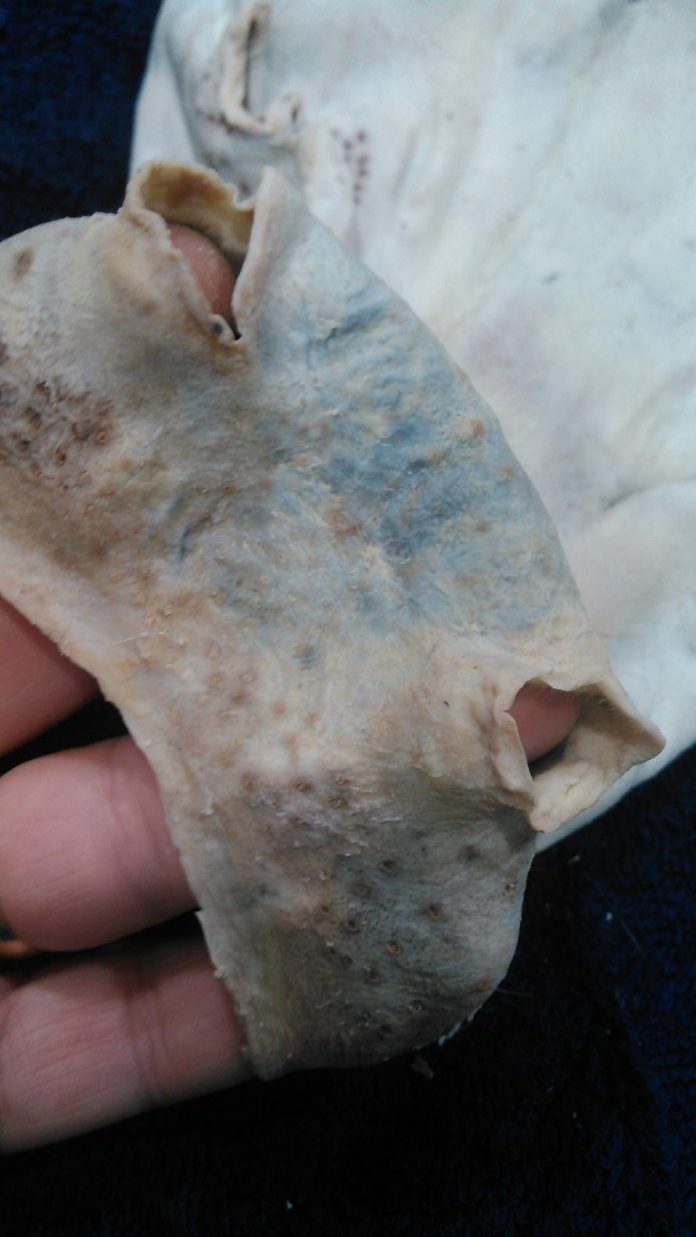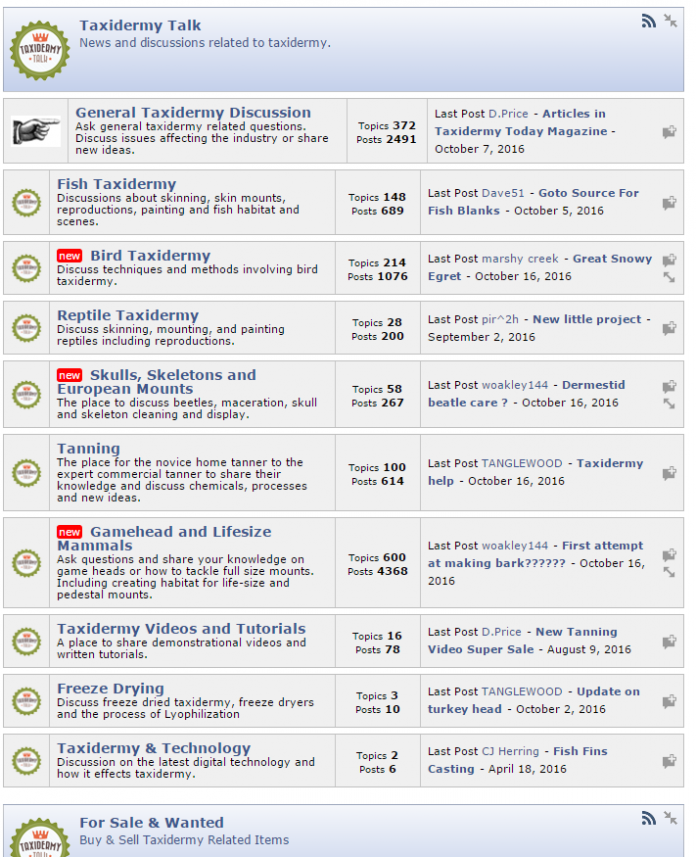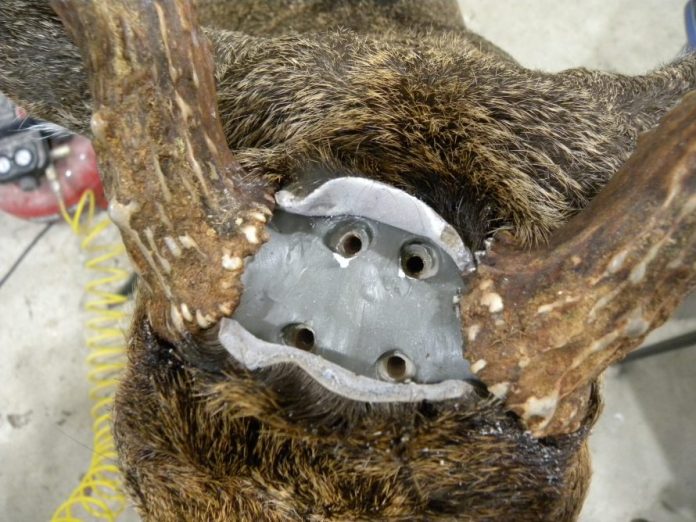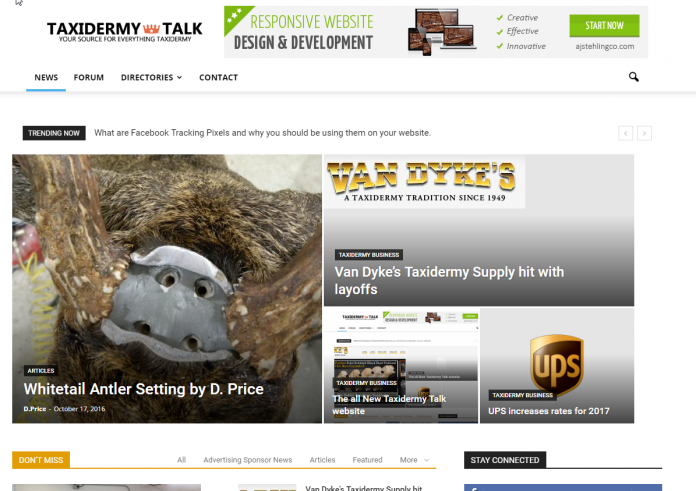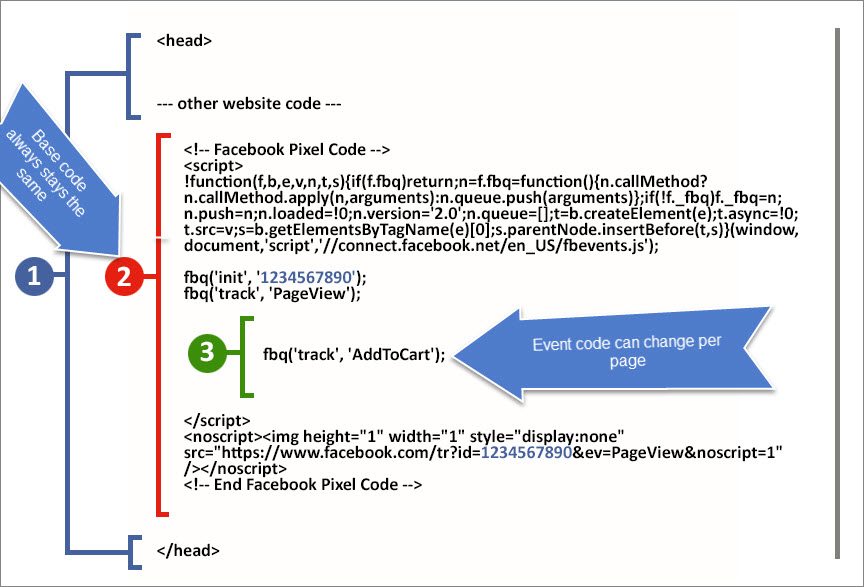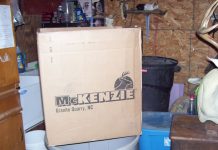Why you should be blogging in 2016
And tips on how to do it
Blogs are one of the key tools for growing your business online and influencing potential clients to use your brand.
Blogs are also the easiest, most cost effective way to spread awareness and encourage engagement.
Blogs are essential for Search Engine Optimization
Every time you create a blog post you are adding new content to your website, this causes your web site to change, which causes the search engine spiders to crawl it again to note the changes. It leads to your website getting more traffic and essential inbound links.
Social media sharing of your blog posts is also very important as it creates inbounds links back to your website, which is essential for a successful SEO campaign.
Blogging regularly also keeps potential clients coming back to your website to see your latest blog posts as well as keeps them on the website longer, which increases your chances of them using your service.
Social Media and Blogs
As noted above social media also plays a huge roll in the successfulness of your blog. Social sharing of your blog will greatly increase the reach of your blog to potential clients. In the case of Facebook if potential clients like the content in your blog they will like and share it with their friends on Facebook which will greatly broaden your business reach to potential clients.
What type of content should I put on my blog?
This is one of the biggest questions that we are asked when it comes to blogging. And the answer is put content on your blog that is relevant to your business. Keep it simple, professional and keep the content high quality.
A short list of content that is excellent for blog posts:
- Podcasts
- Case Studies
- Events
- Videos
- Presentations
- Photos
- eBooks
- Press Releases
If you are planning an event put up a post about that. If you’re a restaurant add a picture of your latest dish and write a paragraph or two talking about it. If you’re an auto mechanic you could write a blog post on why you need to do regular maintenance on your vehicle and provide a few tips.
You can also promote other businesses content on your blog page, make sure that they also share your content on theirs. You can greatly increase your brands together that way.
Be sure to always promote your services in your blog posts.



